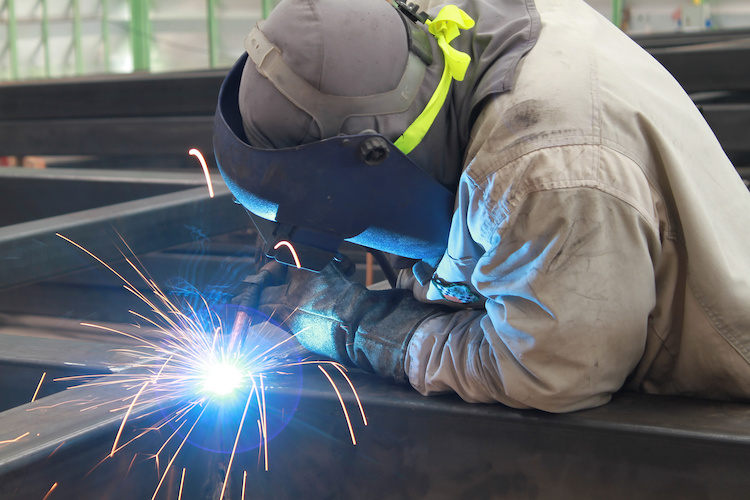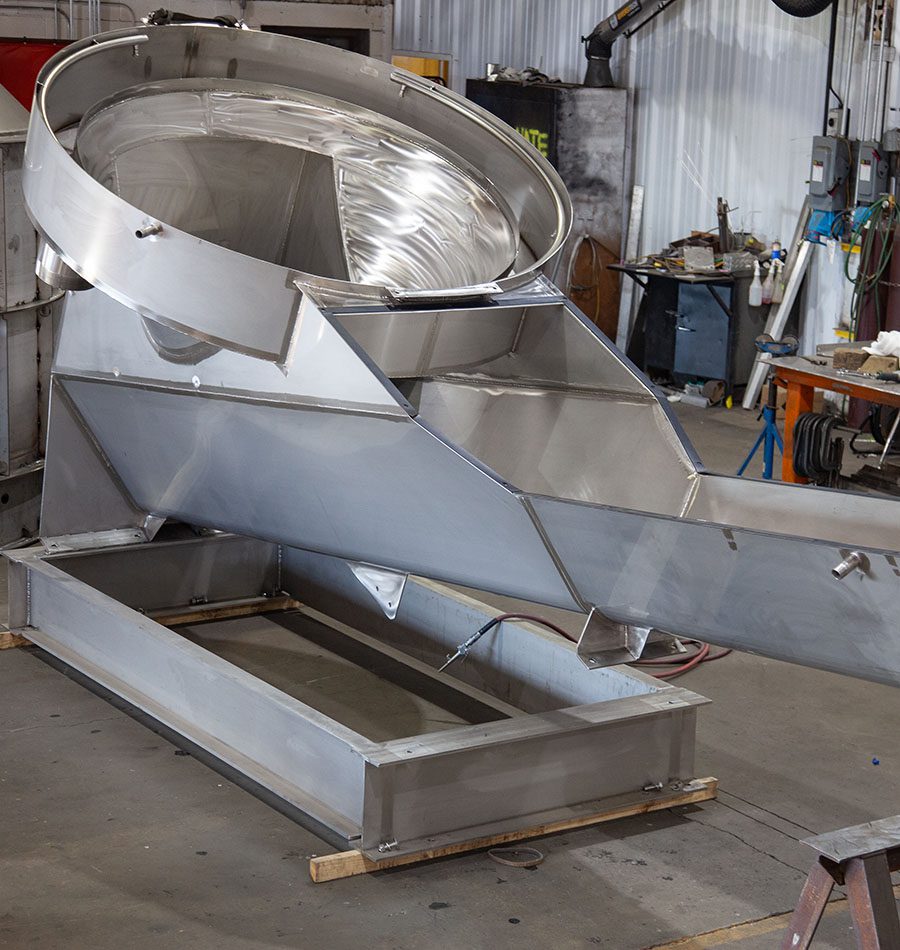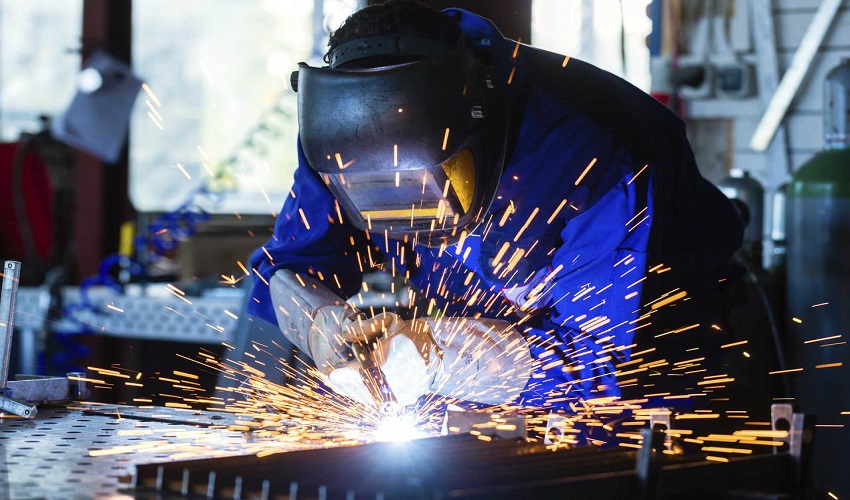Innovative Trends in Steel Fabrication: Enhancing Longevity and Precision
In the world of steel construction, the pursuit of durability and accuracy has led to a wave of cutting-edge patterns that are improving the market. From advancements in welding technologies to the assimilation of robotic automation in manufacture processes, the landscape of steel manufacturing is progressing swiftly. High-strength alloy advancement, paired with the usage of 3D modeling and simulation software, is pressing the boundaries of what is attainable in regards to structural honesty and accuracy. The growing focus on lasting practices in steel production is not just driving performance but likewise promoting a much more eco conscious technique to manufacture. These trends are not simply forming the present but likewise laying the foundation for the future of steel manufacture, guaranteeing more improvements in resilience and accuracy.
Advanced Welding Technologies
In the realm of steel fabrication, the adoption of innovative welding modern technologies has actually significantly revolutionized the industry's strategy to achieving superior quality and accuracy in architectural welds. Advanced welding innovations, such as laser light beam welding and rubbing mix welding, have actually become game-changers in the field. Laser light beam welding employs a focused laser beam to sign up with steel components with exceptional accuracy and speed, making it ideal for thin materials and intricate layouts. On the various other hand, friction stir welding develops unbelievably solid bonds by mechanically intermixing the molecules of the products at the joint, getting rid of the requirement for melting the steel. These innovations provide numerous advantages, including reduced heat-affected areas, very little distortion, and enhanced mechanical residential or commercial properties in the welded joints. By leveraging these innovative welding strategies, steel producers can elevate the toughness, toughness, and precision of their architectural welds, satisfying the increasingly requiring demands of modern-day building and construction jobs.
Robotic Automation in Manufacture
Welcoming robot automation has actually become a cornerstone of modern-day steel fabrication techniques, boosting and enhancing procedures efficiency across the market. Robots are transforming the means steel parts are made, supplying unrivaled accuracy and speed while reducing human mistake. These automated systems can take care of repeated tasks with consistent accuracy, bring about better final result.
One secret advantage of robot automation in steel manufacture is the capability to function around the clock without fatigue, considerably enhancing production output. This constant procedure reduces downtime and speeds up project timelines, inevitably conserving expenses for producers. Furthermore, robots can be configured to do elaborate jobs that might be difficult or hazardous for human employees, boosting safety in the workplace.
In addition, robotic automation allows smooth integration with various other electronic technologies, such as computer-aided layout (CAD) software and Internet of Points (IoT) systems (Alpha reo). This interconnected method enhances communication between different phases of fabrication, optimizing workflows and guaranteeing real-time monitoring and control. As the steel fabrication sector proceeds to evolve, robotic automation stands out as a transformative force driving efficiency and precision in producing processes

High-Strength Alloy Growth
The improvement of high-strength alloy development in steel fabrication is improving the market's technique to enhancing product toughness and efficiency. High-strength alloys are crafted to show remarkable mechanical homes, such as increased tensile recommended you read strength, strength, and deterioration resistance compared to traditional steel qualities. By integrating these advanced alloys into fabrication processes, makers can generate components that endure greater tension degrees and severe settings, resulting in more sturdy and reliable final result.
One trick benefit of high-strength alloy growth is the capability to minimize material density without compromising structural honesty. This not only leads to lighter-weight components but additionally contributes to set you back financial savings and boosted performance in manufacture and assembly processes. The improved strength-to-weight ratio of these alloys permits for the layout and construction of structures with higher load-bearing capacities while reducing overall weight.
3D Modeling and Simulation Software Program
Improvements in go right here steel construction processes have been substantially propelled by the integration of innovative 3D modeling and simulation software application devices. These tools enable producers to produce thorough digital versions of their tasks, allowing them to picture the last item with accuracy before any type of physical work begins.

Sustainable Practices in Steel Manufacturing
Integrating sustainable techniques into steel manufacturing processes is necessary for decreasing environmental influence and guaranteeing lasting resource accessibility. One key lasting method is the adoption of energy-efficient technologies to reduce greenhouse gas exhausts throughout the steel manufacturing process. This consists of making use of renewable resource resources, such as solar or wind power, to power steel plants and implementing energy-efficient tools to optimize power use.
Another important element of lasting steel production is the accountable sourcing of resources. This entails ensuring that the iron ore and other sources used in steelmaking are acquired from environmentally friendly and honest sources. By advertising transparency in the supply chain and adhering to stringent environmental requirements, steel suppliers can minimize the negative impacts of resource extraction on neighborhood environments and areas.

Conclusion
To conclude, the cutting-edge patterns in steel fabrication such as innovative welding technologies, robot automation, high-strength alloy advancement, 3D modeling and simulation software application, and sustainable techniques are improving the longevity and accuracy of steel products. These innovations are reinventing the steel construction industry by enhancing quality, sustainability, and effectiveness. It is clear that the future of steel manufacture hinges on welcoming these advanced modern technologies to satisfy the demands of contemporary construction and manufacturing sectors.
In the realm of steel construction, the pursuit of longevity and precision has actually led to a wave of More Help cutting-edge patterns that are improving the sector.In the world of steel manufacture, the fostering of advanced welding technologies has substantially reinvented the sector's technique to attaining exceptional high quality and precision in architectural welds. As the steel manufacture industry continues to advance, robot automation stands out as a transformative pressure driving effectiveness and accuracy in making procedures.
Additionally, reusing and reusing steel scrap and waste products play a substantial role in enhancing the sustainability of steel production. steel fabrication melbourne.In final thought, the innovative trends in steel construction such as sophisticated welding modern technologies, robot automation, high-strength alloy advancement, 3D modeling and simulation software program, and lasting techniques are boosting the resilience and precision of steel items